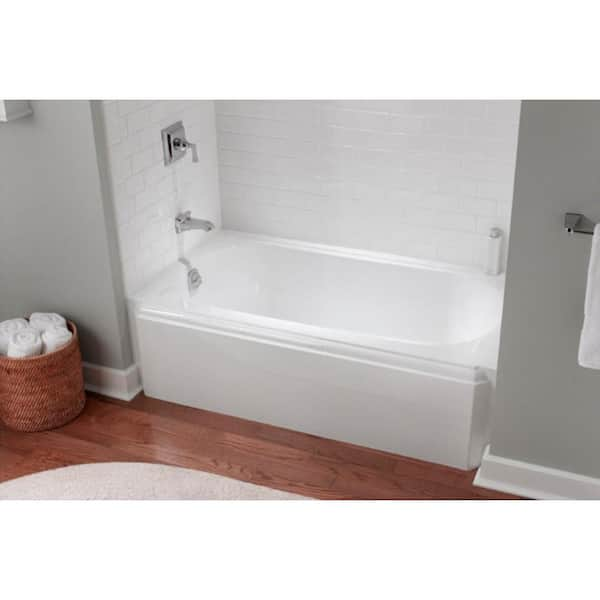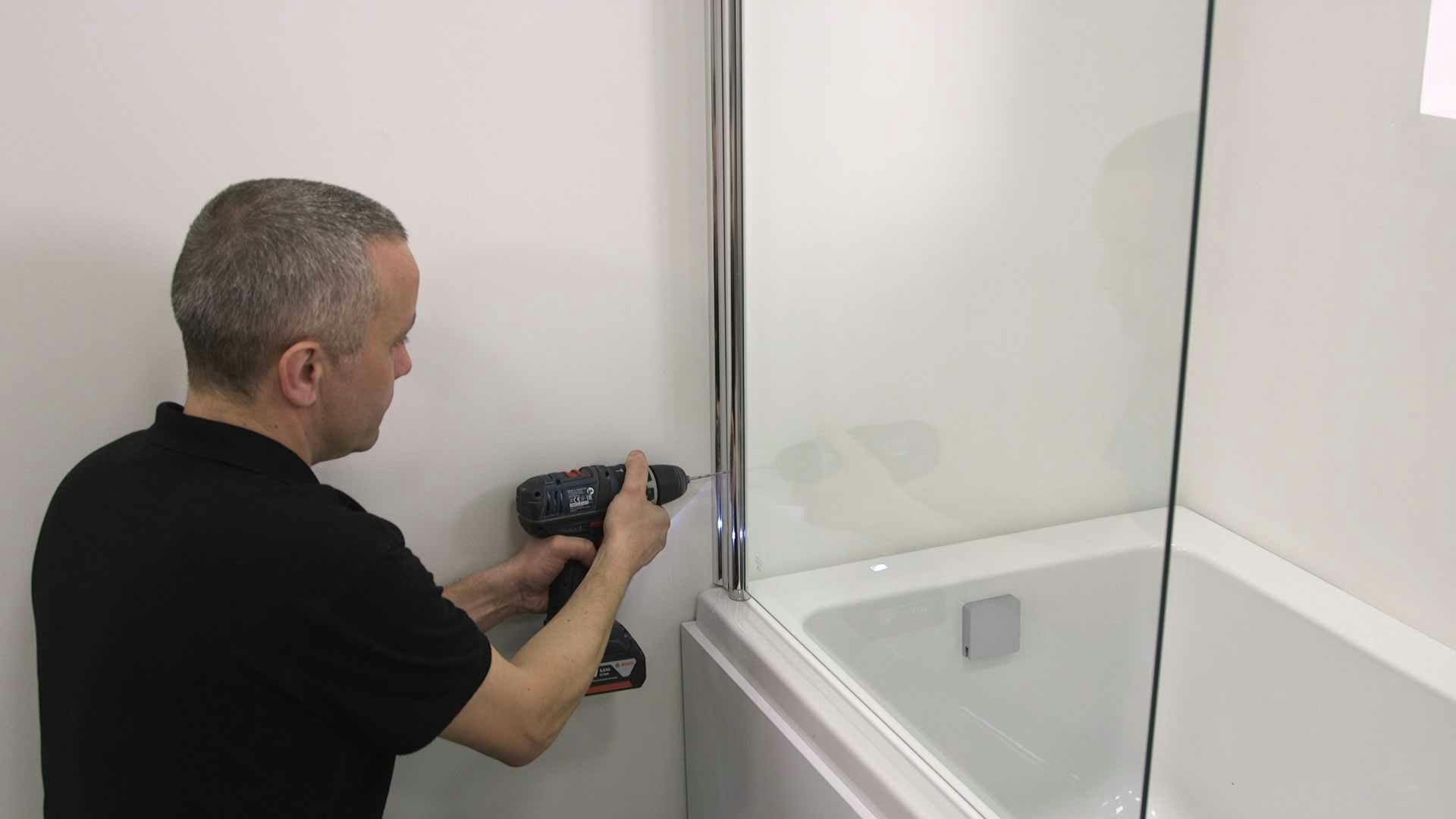How To Replace A Tub (For Beginners).
How To Replace A Tub (For Beginners).
Blog Article
In this article in the next paragraph you will discover a lot of quality additional info all about A Step-by-Step Guide to Installing a Bathtub.

Setting up a bath tub isn't exactly rocket science, however it does call for strong plumbing, carpentry, as well as occasionally, tiling abilities. Changing an old tub with a brand-new one is also a moderately tough task. If the old tub is easily available, the job can relocate speedily; if you need to open a wall to eliminate the old bathtub and also position the new tub, the job is a lot harder. In either instance, the project is within a home handyman's skills, although you will certainly require an assistant to move out the old bathtub as well as embeded in the brand-new one. Make sure you have certified on your own for the task and also are comfortable attempting it. Instead of working with a service provider to take over a halfway-completed task, it is better to take into consideration employing one before you start. Possibilities are you may need a professional plumber to make tube connections.
This short article will certainly help you install a brand-new tub in your restroom if you have already purchased a new tub and also do not require to alter the arrangement of your previous supply of water pipes.
Your tools as well as product list should make up the following:
Preparing for the Installation
Firstly, the sustaining structure supplied with the bath should be fitted (if required) according to the manufacturer's directions. Next, fit the taps or mixer to the tub. When fitting the tap block, it is very important to ensure that if the tap comes with a plastic washing machine, it is fitted between the bath and also the faucets. On a plastic bathroom, it is also practical to fit a supporting plate under the faucets system to avoid pressure on the bath tub.
Fit the adaptable faucet adapters to the bottom of both faucets using 2 nuts and olives (sometimes supplied with the tub). Fit the plug-hole outlet by smearing mastic filler round the sink outlet opening, and after that pass the outlet via the hole in the bathroom. Make use of the nut provided by the supplier to fit the plug-hole. Examine the plug-hole electrical outlet for an inlet on the side for the overflow pipeline.
Next off, fit completion of the adaptable overflow pipeline to the overflow electrical outlet. Afterwards, screw the pipe to the overflow face which should be fitted inside the bathroom. See to it you utilize all of the supplied washers.
Attach the trap to the bottom of the waste outlet on the bathtub by winding the string of the waste electrical outlet with silicone mastic or PTFE tape, and also screw on the trap to the outlet. Attach all-time low of the overflow tube in a comparable manner.The bath ought to now be ready to be suited its last setting.
Removing Old Taps
If you need to change old taps with brand-new ones as a part of your installment, then the first thing you ought to do is disconnect the water supply. After doing so, activate the taps to drain any kind of water continuing to be in the system. The procedure of removing the existing faucets can be quite bothersome due to the limited gain access to that is typically the case.
Utilize a basin wrench (crowsfoot spanner) or a faucet device to undo the nut that attaches the supply pipelines to the taps. Have a towel ready for the remaining water that will certainly originate from the pipes. As soon as the supply pipes have actually been eliminated, make use of the same tool to loosen up the nut that holds the taps onto the bath/basin. You will certainly need to quit the single faucets from turning throughout this process. When the taps have been gotten rid of, the holes in the bath/basin will need to be cleaned of any type of old securing compound.
Prior to moving on to fit the brand-new taps, contrast the pipe connections on the old taps to the new faucets. If the old faucets are longer than the brand-new taps, after that a shank adapter is needed for the new faucets to fit.
Setting up the Bath tub
Using both wood boards under its feet, place the bath tub in the needed position. The wood boards are practical in uniformly spreading out the weight of the bath tub over the area of the boards instead of concentrating all the weight onto 4 small factors.
The next objective is to make sure that the bathtub is leveled all round. This can be accomplished by examining the level and adjusting the feet on the tub till the spirit level reviews level.
To set up faucets, fit the bottom of the outermost flexible faucet adapter to the suitable supply pipeline by making a compression sign up with; then do the very same for the various other tap.
Turn on the water and inspect all joints as well as brand-new pipework for leaks as well as tighten them if essential. Fill the bath tub and likewise inspect the overflow electrical outlet and also the normal outlet for leaks.
Ultimately, deal with the bath paneling as explained in the maker's user's manual. Tiling and also securing around the bathtub ought to wait up until the bath tub has been used a minimum of when as this will certainly resolve it into its final setting.
Suitable New Touches
If the tails of the brand-new faucets are plastic, after that you will certainly require a plastic connector to stop damage to the string. One end of the port fits on the plastic tail of the faucet and the other end provides a connection to the existent supply pipes.
If you need to fit a monobloc, then you will require reducing couplers, which connects the 10mm pipe of the monobloc to the basic 15mm supply pipe.
Next, position the tap in the installing opening in the bath/basin making certain that the washing machines are in place between the tap as well as the sink. Protect the tap in position with the maker given backnut. As soon as the faucet is firmly in place, the supply pipes can be connected to the tails of the taps. The taps can either be attached by using corrugated copper piping or with normal tap ports. The previous kind needs to be connected to the faucet ends initially, tightening just by hand. The supply pipelines can later on be linked to the various other end. Tighten up both ends with a spanner after both ends have actually been connected.
Tiling Around the Bathtub
In the area where the bath meets the tile, it is essential to secure the joins with a silicone rubber caulking. This is essential as the fitting can relocate sufficient to fracture an inflexible seal, triggering the water to permeate the wall in between the bathroom and also the tiling, bring about issues with dampness and also feasible leakages to the ceiling below.
You can choose from a selection of coloured sealers to assimilate your fixtures and fittings. They are marketed in tubes as well as cartridges, and can securing spaces up to a width of 3mm (1/8 inch). If you have a larger gap to load, you can load it with twists of soaked paper or soft rope. Keep in mind to always fill the bath tub with water prior to securing, to permit the motion experienced when the tub remains in use. The sealer can split relatively very early if you do not take into consideration this movement before securing.
Additionally, ceramic coving or quadrant floor tiles can be used to edge the bath or shower tray. Plastic strips of coving, which are easy to use and also reduce to size, are additionally quickly readily available on the marketplace. It is recommended to fit the floor tiles utilizing water-resistant or waterproof sticky and cement.
Bathtub Installation
How Important Is A Bathtub To Your Home?
High-quality baths, showers, and other bathroom updates are necessary when considering a smart investment in your home. It’s a room that you go to every day and one that is constantly being used by guests.The bathroom is one of the top trafficked rooms in a home and also one of the most valuable in terms of home resale.
Install Piping Before Tub
You will be using your existing drain and waste vent system, but pipes required include the hot and cold water supply lines and a pipe leading to a shower head. A mixing valve and shower head are also needed. Air chambers may be required.
Position the Tub
Lower the tub into place so that the continuous flange fits against the wall studs and rests on 1’x4' or 2’x4' supports. Anchor the tub to the enclosure with nails or screws inserted through the flanges into the studs.
NOTE: Remember, bathtubs and shower stalls may require support framing. A bathtub filled with water is extremely heavy, so check building codes and framing support before installing the tub.
Assemble Drain Connections
Assemble the bathtub drain connections by connecting the tub overflow with the tub drain above the trap, not beyond it. The trap will have a compression fitting that screws over the arm of the overflow assembly.
Place a Pipe For the Shower Head
First, locate a brass female threaded winged fitting and attach it to a framing support via a screw or a nail. Then run a pipe up the wall for the shower head. Sweat or solder the other side of the brass fitting to the top of the pipe.
Attaching Hot and Cold Water Lines
Attach your water lines for both hot and cold by sweating these directly into the hot and cold ports of the mixing valve. The mixing valve will be how water enters the tub’s system, not by the pipes themselves.
Install the Spout
Extend a piece of 1/2 inch pipe, or whichever length is specified in the manufacturer’s instructions, for the tub spout. Sweat on a male threaded fitting at the end of the pipe or use a brass nipple of the proper length and a 1/2 inch cap.
NOTE: At this point you should have your rough-in plumbing work inspected before proceeding further.
Check For Leaks
Restore the water pressure and check the drain connection and the supply pipes for any sign of leaking.
estore the Bathroom Wall
Replace the wall with moisture-resistant drywall as a base for your wall covering. Seal the joints between the wall and your new tub with silicone caulk as protection against water seepage.
https://www.berkeys.com/2016/12/02/bathtub-installation-dallas/

I came across that piece of writing on Installing A Bathtub while doing a search on the web. Loved our piece? Please share it. Let someone else check it out. Many thanks for your time spent reading it.
Or Book Technician Here Report this page